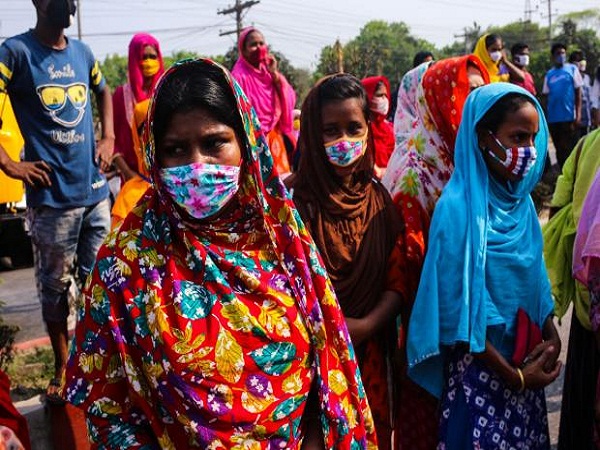MUMBAI: While the lockdown has led to a spike in job
losses across the country, women's employment has been hit harder than that of
men's, according to a paper by Ashoka University economics professor Ashwini
Deshpande. Analysing CMIE data, the paper found that women who were employed
before the lockdown were 23.5 percentage points less likely to be employed
after the lockdown compared to men.
Male heads of households were 11.3 percentage points more likely to be employed post-lockdown compared to female heads, the paper said. It also found that the lockdown impacted the employment of disadvantaged caste groups more than upper castes.
The paper titled, The Covid-19 Lockdown in India: Gender and Caste dimensions of the first job losses, analysed the employment status of 37,000 people before and after the lockdown from the CMIE's consumer pyramids household survey database.
"The lockdown was gender-blind, but its impact was not gender-neutral," said Deshpande. "Pre-existing inequalities along gender and caste lines are likely to get reinforced, unless the specific contours of disadvantage are recognised and addressed."
The paper found that on an average, people were 12.8 percentage points less likely to be employed after the lockdown. On a pre-lockdown base of 38.9 percentage points, this translated into a 33% reduction in the likelihood of being employed. Comparing March and April, the data showed an overall employment loss of 30% during the first month of the lockdown. In absolute terms, more men than women lost jobs in the first month of the lockdown. This is contrary to global trends. But this is because in India, more men than women held jobs in the first place.
For a gendered analysis of job losses, the paper compared the ratio of absolute employment in April 2020 with the average employment between April-December 2019. It found that female employment in April 2020 was at 61% of the pre-lockdown yearly average. But for men, it was higher at 71%.
Rural women's employment suffered the largest fall, as it stood at 57% of the previous year's average. It was 73% for rural men, 69% for urban women and 67% for urban men, the paper said. "The decline in female labour force participation rates since 2004-05 has been driven by a decline in rate for rural women. The pandemic-induced suspension of economic activity reveals a similar pattern," it said.
It also noted that the lockdown affected the employment status of OBCs, SCs and STs more adversely than upper castes-it declined by 6, 12.3 and 9.4 percentage points respectively. "While women and Dalits have suffered...more job losses, risky and stigmatized jobs are exclusively their preserve. All frontline health workers (ASHA) are women; manual scavengers are exclusively Dalit. Thus, for several women and Dalits, the choice seems to be between unemployment and jobs that put them at risk of disease and infection and make them targets of vicious stigma."
Source: Times of India
0 COMMENTS



